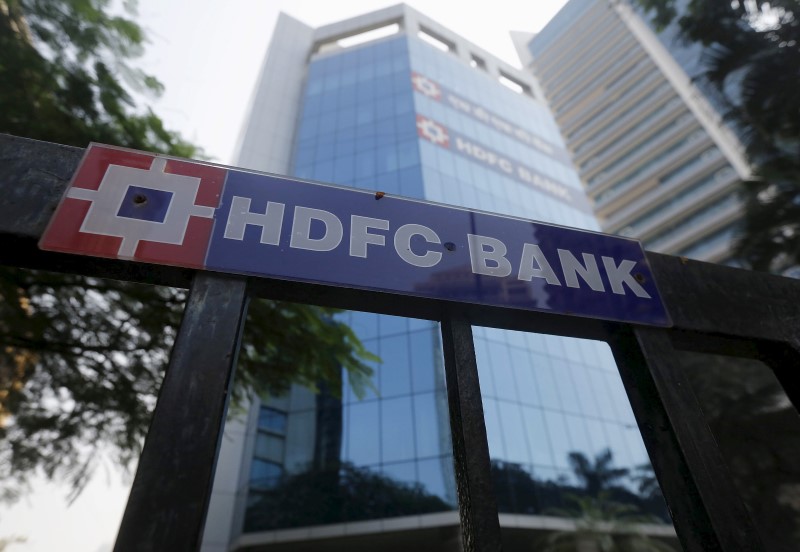The banking sector faces a pressing issue: many banks are struggling to expand their credit due to sluggish deposit growth. Normally, raising deposit rates to attract more deposits, particularly from wholesale segments, would be the go-to solution. However, under current regulations, wholesale deposits are less appealing due to their significant impact on the Liquidity Coverage Ratio (LCR). Essentially, for every $100 of wholesale deposits, banks must hold nearly $50 in High-Quality Liquid Assets (HQLA) to maintain an LCR of around 120%, making these deposits expensive and unattractive.
Bernstein highlights that this regulatory framework has resulted in a slow growth of deposits, especially during times when household deposits are already weak. To alleviate this, they suggest a potential tweak: reducing the runoff factor for wholesale deposits, which currently ranges from 40% to 100%, compared to just 3% to 10% for retail deposits. Lowering this factor would make wholesale deposits more attractive and could boost deposit growth significantly, even if banks need to offer higher rates.
Offer: Unlock the full potential of your portfolio with InvestingPro by clicking here, and take advantage of the limited-time 10% discount! Hurry up to grab your offer today!
A modest 10 percentage point reduction in the runoff factor could boost LCR ratios by approximately 20 percentage points, a substantial improvement. While a blanket reduction by the central bank seems unlikely, even narrowing the gap between the runoff factors for wholesale and retail deposits would be a substantial win for banks. It would enable them to attract more wholesale deposits without the heavy LCR burden currently imposed.
Bernstein also suggests alternative solutions if the runoff factor tweak isn't feasible. These include revising the assets considered as HQLA, redefining wholesale deposits, shortening the LCR estimation window, and enhancing the usability of liquidity buffers.
Relaxing LCR constraints would benefit the entire banking sector, with banks heavily reliant on wholesale deposits, such as IndusInd Bank (NS:INBK), standing to gain the most. Public Sector Banks (PSBs) would also benefit, as their credit growth could soon outstrip their weak deposit growth. Among the larger Private Banks (PVBs), HDFC Bank (NS:HDBK) could find this particularly advantageous as it navigates multiple constraints during its ongoing transition.

Image Source: InvestingPro+
Bernstein has given a target price of INR 2,100 for HDFC Bank with an outperform rating. The valuations are still attractive for this bank and InvestingPro has calculated a fair value of INR 1,742, depicting an upside potential of 11%. As per the DDM Multi Stage model, the intrinsic value is coming at INR 2,428 which is quite a bullish signal for investors.
In fact, an average of 41 analysts are also projecting a target of INR 1,869 for this stock, going all the way up to INR 2,470.
Clearly, the cumulative sentiment on the street is bullish on this counter. Despite everyone having their own targets, the stock is looking undervalued to almost all analysts. To increase the valuation gap, a buying-the-dip strategy is a good one here.
You can check the financial health score of any stock along with other features such as fair value, ProTips, etc., all in InvestingPro. Click here and get InvestingPro now at a steeply discounted rate, all thanks to the limited-time sale of 10% off! Hurry up and grab your offer today!
Read More: Unlocking Investment Potential via Fair Value
X (formerly, Twitter) - Aayush Khanna
